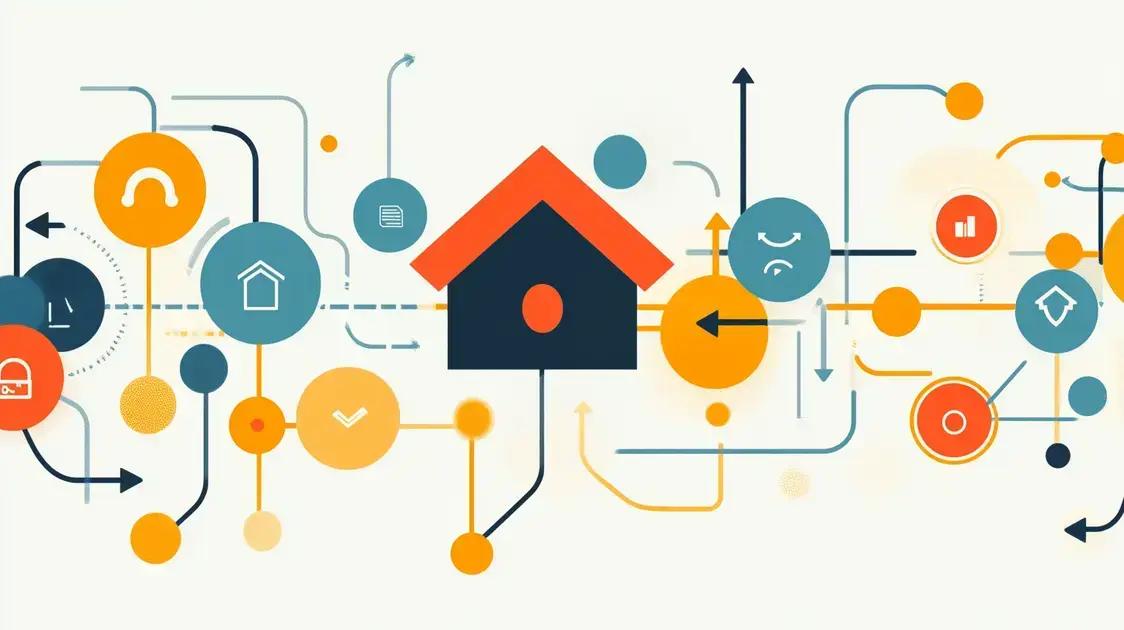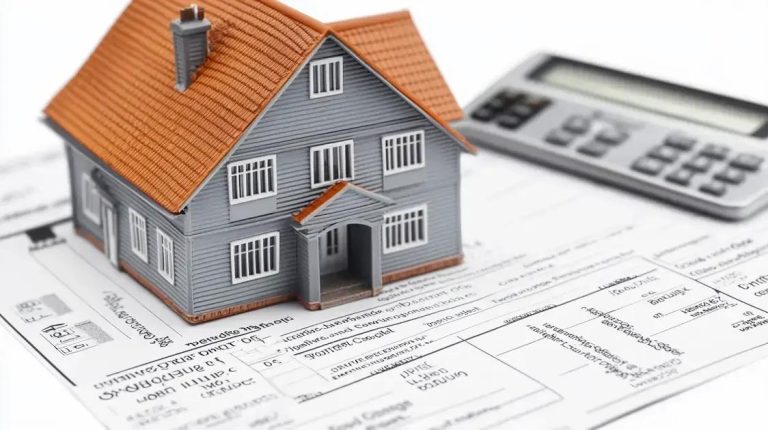Anúncios
Refinancing Mortgage Options can be a great way to improve your financial situation. With the right option, you can lower your monthly payments or even access your home’s equity.
Common choices include fixed-rate refinancing, which provides stable payments, and adjustable-rate refinancing, which may start with a lower rate but could increase over time. Another option is cash-out refinancing, where you borrow more than you owe and use the difference for other expenses.
Understanding these options is key to making the best choice for your financial goals. Want to learn more about which refinancing option suits you best? Keep reading!
Anúncios
What are the Types of Refinancing Mortgage Options?
When considering refinancing mortgage options, it’s important to know the different types available. One common option is the fixed-rate refinancing. This means that your interest rate stays the same throughout the loan period. With this option, you can enjoy steady monthly payments, making budgeting easier.
Another type is the adjustable-rate mortgage (ARM) refinancing. With this option, your interest rate can change after a certain period. Initially, you might get a lower rate, which could save you money at first. However, keep in mind that rates can rise later, which might increase your monthly payments.
Finally, there’s cash-out refinancing. This option allows you to take out a new mortgage for more than what you owe on your existing one. The difference can then be taken as cash. This is useful for people who want to make home improvements or pay off debt.
Benefits of Choosing the Right Refinancing Option
Choosing the right refinancing option can lead to significant savings over time. When you select an option that fits your financial needs, you can lower your monthly payments.
Anúncios
This extra money can be used for other important things, like saving for a vacation or paying down debt. Less financial stress means more freedom!
Another benefit is access to better interest rates. If you choose the right option, you might find a rate that helps you save on interest costs in the long run.
A lower rate can reduce your total loan costs, making your home more affordable and giving you peace of mind.
Additionally, the right refinancing option can unlock your home’s equity. This means you can use the money for home improvements or to pay for major expenses, like a child’s education.
By making smart choices about refinancing, you can improve your overall financial situation and achieve your goals much easier.
How to Qualify for Refinancing a Mortgage

To qualify for refinancing a mortgage, it’s important to start with your credit score. Lenders typically look for a score of 620 or higher.
A better score can help you secure lower interest rates and better terms on your new loan. If your score needs improvement, consider paying off debts and making timely payments on your current loans.
Another key factor is your debt-to-income ratio. This ratio compares your total monthly debt payments to your monthly income.
Lenders generally prefer a ratio below 43%. To improve this ratio, you can pay down existing debt or increase your income through a side job or overtime at work. Keeping your expenses in check will also help.
Lastly, proving your income stability is essential. Lenders want to see that you have a reliable source of income to ensure you can manage the new mortgage payments.
Providing documents like pay stubs or tax returns can help show your financial stability. The stronger your financial profile, the better your chances of qualifying for refinancing.
Step-by-Step Guide to Refinancing Your Mortgage
The first step in refinancing your mortgage is to evaluate your current financial situation. Take a close look at your credit score, income, and existing debts.
This will help you understand what refinancing options you might qualify for. By knowing your numbers, you can make informed decisions as you proceed.
Next, shop around for different lenders. Each lender may offer various rates and terms for refinancing. It’s a good idea to compare offers from multiple places to find the best deal.
Make sure to ask about all fees associated with refinancing, as these can impact your overall savings.
Finally, once you’ve chosen a lender, gather all necessary documents and apply for the refinance.
You may need to provide pay stubs, tax returns, and information about your current mortgage. Once your application is approved, you’ll sign the new loan agreement and complete the refinancing process. Enjoy the benefits of your new mortgage!
Common Mistakes to Avoid When Refinancing
One common mistake to avoid when refinancing is not checking your credit score beforehand. Your credit score plays a big role in the interest rates and terms you can get.
If it’s lower than you expected, you might end up paying more money than necessary. Always review your credit report and take steps to improve your score if needed before starting the refinancing process.
Another mistake is overlooking the total costs associated with refinancing. Many people focus only on the monthly payment without considering fees like closing costs and origination fees.
It’s important to calculate these costs to understand how refinancing will impact your overall savings. Make sure to ask lenders for a detailed breakdown of all fees involved.
Lastly, don’t rush into making a decision. It’s easy to feel pressured to refinance quickly, especially if interest rates seem low.
However, taking the time to evaluate your options and shop around can lead to better savings in the long run. Make sure you fully understand the terms of the loan before committing.
Impact of Interest Rates on Refinancing Options

The interest rates set by lenders can greatly influence your refinancing options. When rates are low, homeowners often take this opportunity to refinance and secure a lower monthly payment.
This can lead to substantial savings over time, making it an attractive choice for many. Understanding market trends in interest rates can help you decide the best time to refinance.
If interest rates are high, however, refinancing may not be the right move. Higher rates can mean that the savings you achieve by refinancing are minimal or even nonexistent.
In such cases, it might be wiser to stick with your current mortgage until rates go down. Always consider different rates and how they apply to your specific financial situation.
Additionally, the type of refinancing you choose can also be affected by interest rates. For example, cash-out refinancing could become less appealing if rates jump.
Homeowners need to weigh the benefits against the costs, especially if interest rates are unpredictable. Keeping an eye on these changes is essential for making informed refinancing decisions.
Refinancing your mortgage can seem overwhelming, but it can offer significant financial benefits.
When you choose to refinance, you may lower your interest rate, which can reduce your monthly payments. This extra cash can be used for savings, home improvements, or paying off other debts.
Additionally, refinancing can help you access your home’s equity.
When you have more equity, you can take cash out and use it for big expenses, like a college education or a new car. This option lets you stay in your home while freeing up funds for other important needs.
Finally, refinancing can allow you to switch from an adjustable-rate mortgage (ARM) to a fixed-rate mortgage. Fixed-rate loans provide stable payments, making budgeting easier.
This change can protect you from rising rates in the future and give you peace of mind as a homeowner.





